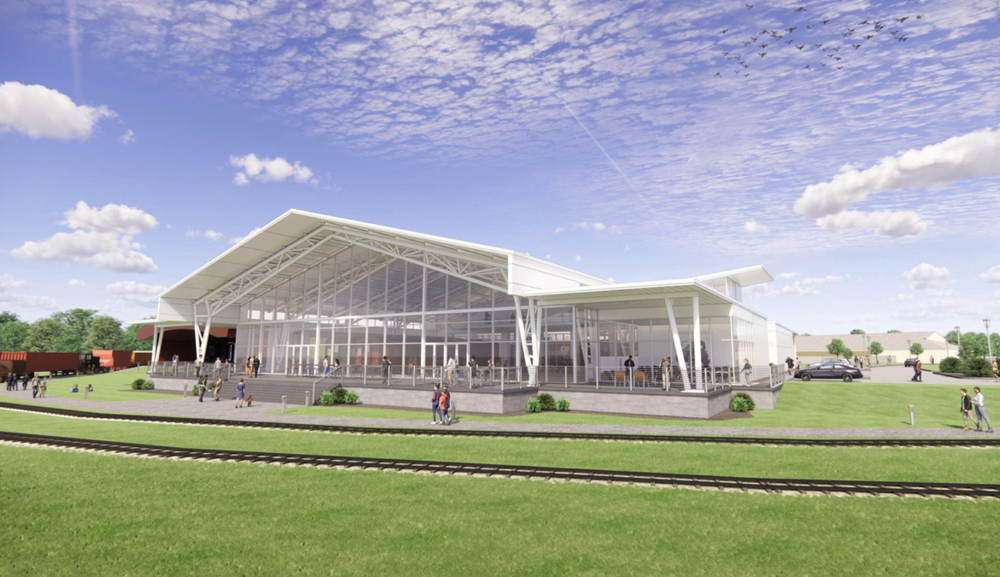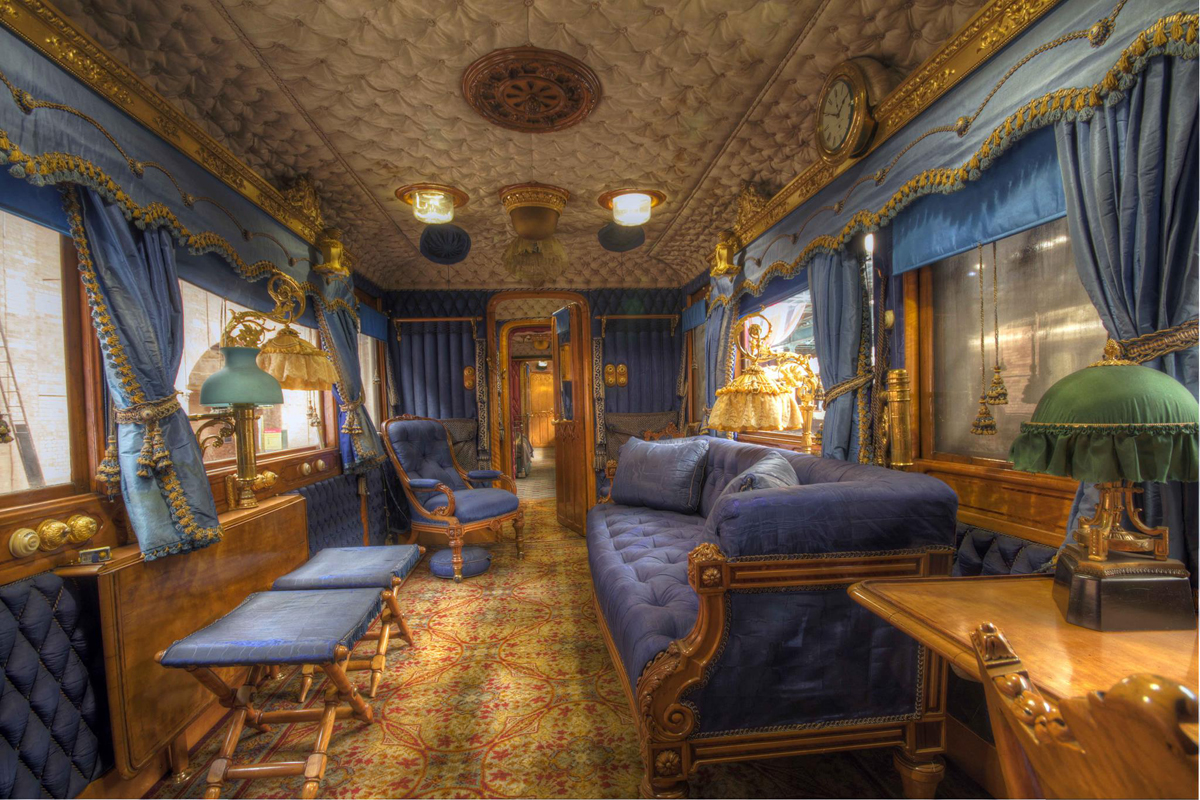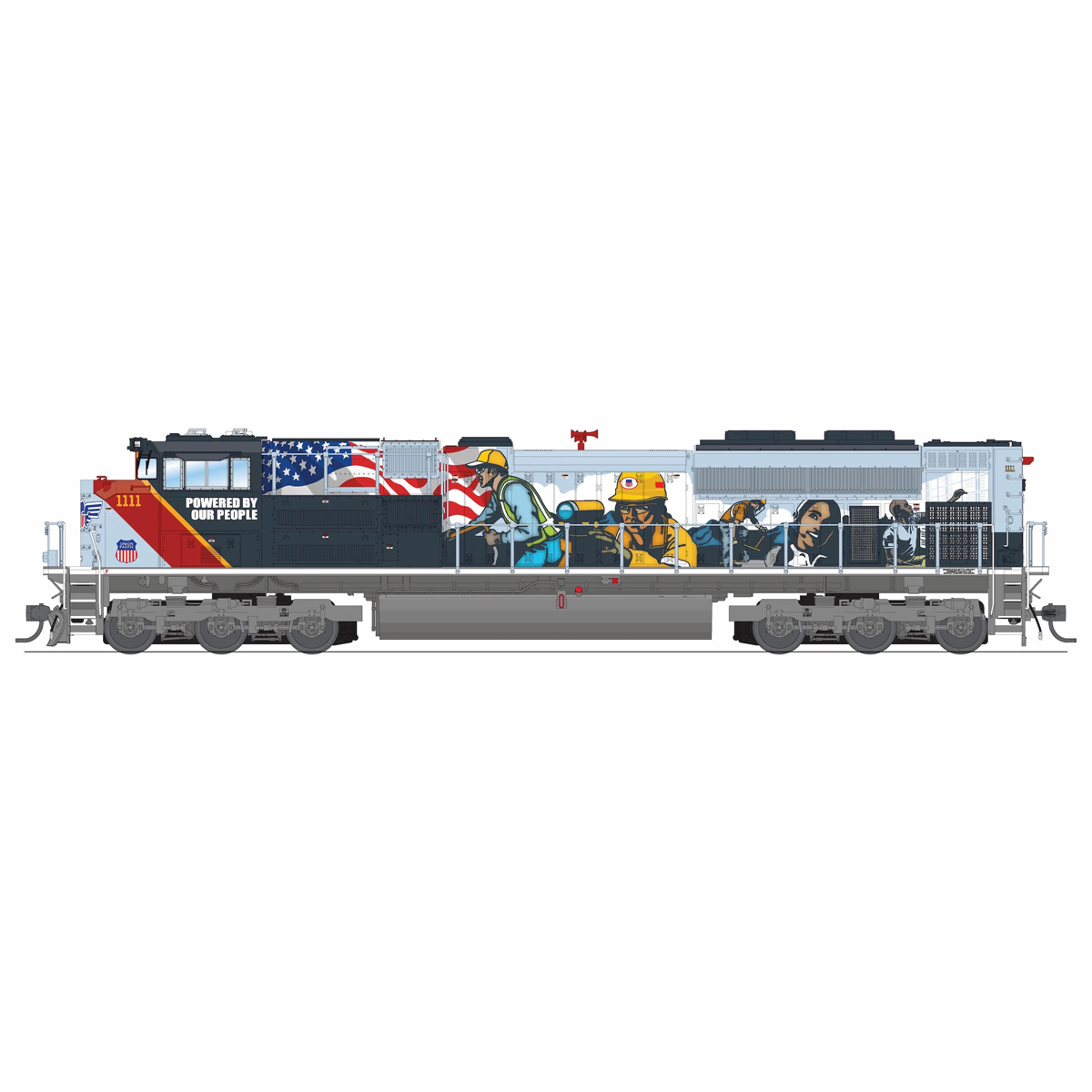
GREEN BAY, Wis. — The National Railroad Museum in Green Bay will receive $7 million in funding for expansion of its facilities, Wisconsin Gov. Tony Evers announced today (Thursday, Nov. 2.)
The museum expansion is one of five projects, totaling $36.6 million, selected for funding under the American Rescue Plan Act, 2021 legislation intended to provide economic stimulus in the wake of the COVID-19 pandemic.
“These five projects will have a long-term impact on our state’s economy and on economic development in these communities from Green Bay to Janesville,” Evers said in a press release. Other projects receiving funding include a sports and convention center in Janesville, Wis.; a new Milwaukee soccer stadium; the Bronsville Center for the Arts in Milwaukee, and upgrades to a theater in Door County.
Plans for a $15 million expansion at the Green Bay museum were approved by local officials earlier this year. The more than 32,000-square-foot addition to the museum’s Lenfestey Center would permit additional enclosed rolling stock exhibits and provide space for educational programming and events [see “National Railroad Museum submits expansion plans,” Trains News Wire, Jan. 3, 2023].
“We deeply appreciate the support we have received from Gov. Tony Evers, Republican and Democratic state legislators, and local leaders,” the museum said in a statement on its Facebook page, “and are excited to be a step closer toward expanding our facility to better meet the needs of our community.”














Ordinarily there exists nostalgia, inertia, and poverty in varying proportions running museums of this type. I offer one vignette of the first. As a kid in Kiel, Wisc. in the mid-1950’s I witnessed the Milwaukee Rd. hauling a UP Big Boy up to Green Bay. Lost in the mists of time is what route the Milwaukee used from Council Bluffs.
There’s probably only a few the B&O in Balt; CA state rlwy museum; Strasburg; IL state rlwy & the above one that will survive, most others will die a slow death.
When it comes to rail preservation and saving rail equipment be it locomotives, passenger and freight cars and traction equipment, There seems to be no set plan or purpose on what can and must be saved and what really don’t serve any purpose or has any bearing on history and function. We see this with steam locomotives and even first generation diesels. Railfans and museums will go overboard with preserving 10 or 15 of one basic design or model and neglect models that really made an impact on rail history and travel. We see this with so many fine locomotives that were never saved or preserved and instead went to the scrapyard and met the scrapper’s torch. There has to be a carefully organized system for preserving and saving what equipment really made a difference and history and not save every piece of equipment just because it satisfies a particular group of railfans or train buffs. For a rail museum, this is very important especially if you want people to come and see a truly historic locomotive or trend setter, not a basic run of the mill unit and have a buvnch of them on display taking up valuable space that can be used for something unique
Joseph C. Markfelder
It was on my bucket list since childhood. Once I retired, I made the trip. I was disappointed. Yes, they have a good collection, with many last-of-a-kinds. However, I saw enough sloppy lettering and other poor restoration that I haven’t been back since 2019. I’ve done repeat visits to IRM and NMOT. Not this one…
Many years ago, TRAINS printed a send-up of dodgy railroad museums with collections of second-tier oddballs. When I read the article, I thought of NRM, which the article seemed to have been based on.
We live about equidistant from IRM and NRM. One we go back to. The other, we do not.
Mt. Landley, I’d love to read that article you refer to! I’ve made repeat visits to IRM. I just skip the “Steam Barn” because of the vandalism inflicted by the museum on much of their collection by the removal (and presumed scrapping) of the valve gear and related mechanicals.
Let’s remember that the National Railroad Museum was founded in 1956 by community volunteers, it is one of the oldest and largest U.S. institutions dedicated to preserving and interpreting the nation’s railroad history. Two years later, a joint resolution of Congress recognized the Museum as the National Railroad Museum. The museum has been a Nonprofit 501(c)(3) organization since 1958.
Dr. Güntürk Üstün